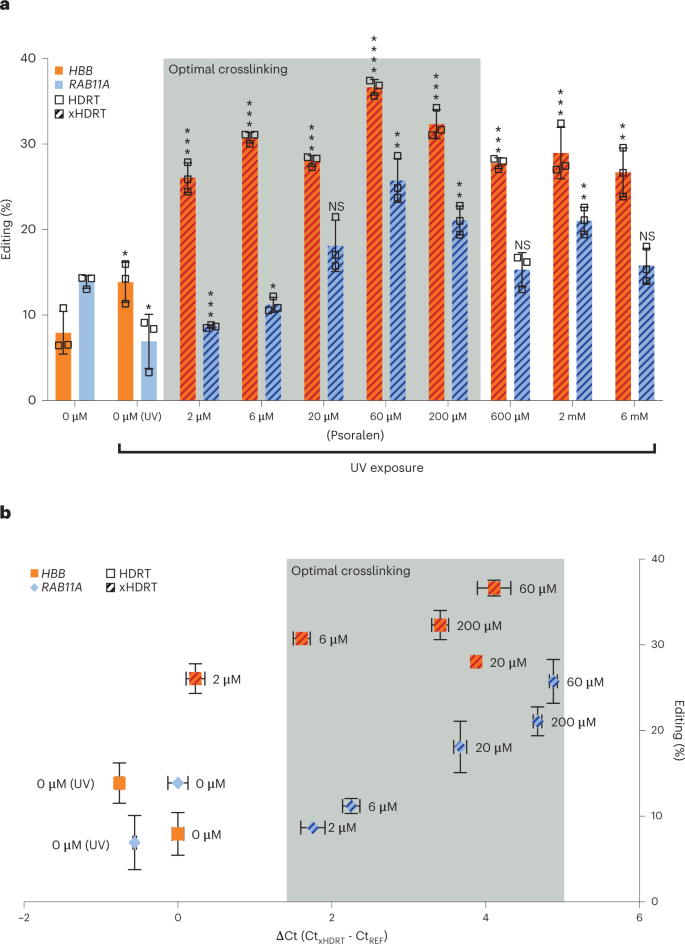2023-05-11 カーネギーメロン大学
◆サップの研究は、創造性と、人間が想像した物語と自伝的な物語をどのように書き分けるかに重点を置いています。彼は、文中の出来事と前の文との関係を分析することで、物語のイベントの流れを測定するシーケンシャリティという指標を開発しました。
◆その結果、自伝的な物語の順次性は想像の物語よりも低く、時間が経つにつれて再話された自伝的な物語は想像の物語に近くなっていくことがわかりました。Sapの研究は、トラウマの理解や認知障害者の支援に応用できる可能性がある。
<関連情報>
- https://www.cs.cmu.edu/news/2023/real-vs-imagined-stories
- https://www.pnas.org/doi/10.1073/pnas.2211715119
想像と自伝的な物語の流れの定量化 Quantifying the narrative flow of imagined versus autobiographical stories
Maarten Sap, Anna Jafarpour, Yejin Choi, Noah A. Smith, James W. Pennebaker and Eric Horvitz
Proceedings of the National Academy of Sciences Published:November 2, 2022
DOI:https://doi.org/10.1073/pnas.2211715119

Significance
We explore the open question about differences in the narrative flow of stories generated from memory versus imagination. We introduce sequentiality, a computational measure of narrative flow of events that compares the influence of preceding sentences versus story topic on story sentences, using a cutting-edge large language model (GPT-3). Applying sequentiality to thousands of stories, we find that the narrative flows of imagined stories have greater reliance on preceding sentences than for autobiographical stories and that autobiographical narratives become more similar to imagined stories when retold several months later. Furthermore, we uncover a link between events perceived as salient and sequentiality. The methods provide a window into cognitive processes of storytelling that breaks away from traditional approaches to analyzing narratives.
Abstract
Lifelong experiences and learned knowledge lead to shared expectations about how common situations tend to unfold. Such knowledge of narrative event flow enables people to weave together a story. However, comparable computational tools to evaluate the flow of events in narratives are limited. We quantify the differences between autobiographical and imagined stories by introducing sequentiality, a measure of narrative flow of events, drawing probabilistic inferences from a cutting-edge large language model (GPT-3). Sequentiality captures the flow of a narrative by comparing the probability of a sentence with and without its preceding story context. We applied our measure to study thousands of diary-like stories, collected from crowdworkers, about either a recent remembered experience or an imagined story on the same topic. The results show that imagined stories have higher sequentiality than autobiographical stories and that the sequentiality of autobiographical stories increases when the memories are retold several months later. In pursuit of deeper understandings of how sequentiality measures the flow of narratives, we explore proportions of major and minor events in story sentences, as annotated by crowdworkers. We find that lower sequentiality is associated with higher proportions of major events. The methods and results highlight opportunities to use cutting-edge computational analyses, such as sequentiality, on large corpora of matched imagined and autobiographical stories to investigate the influences of memory and reasoning on language generation processes.


